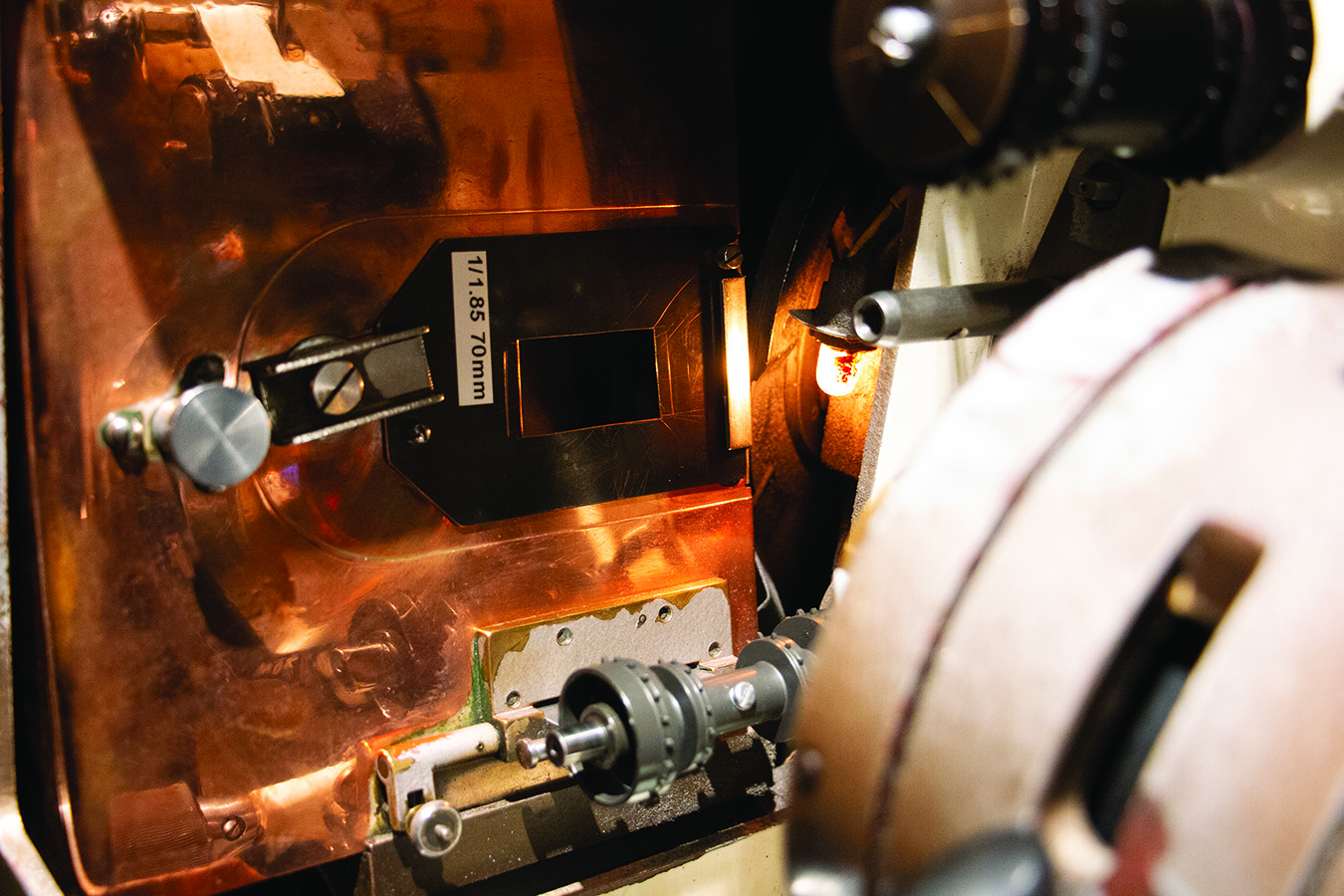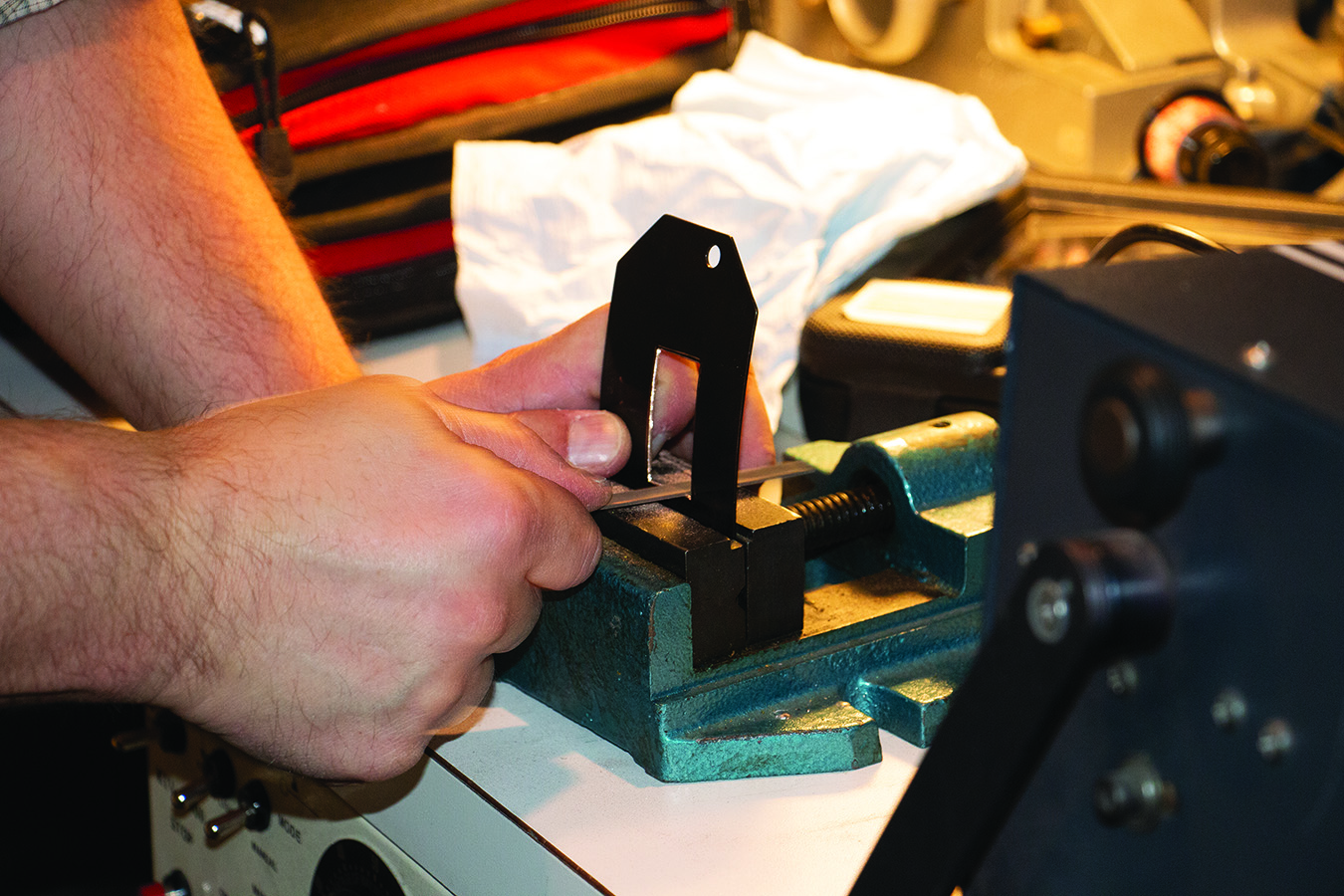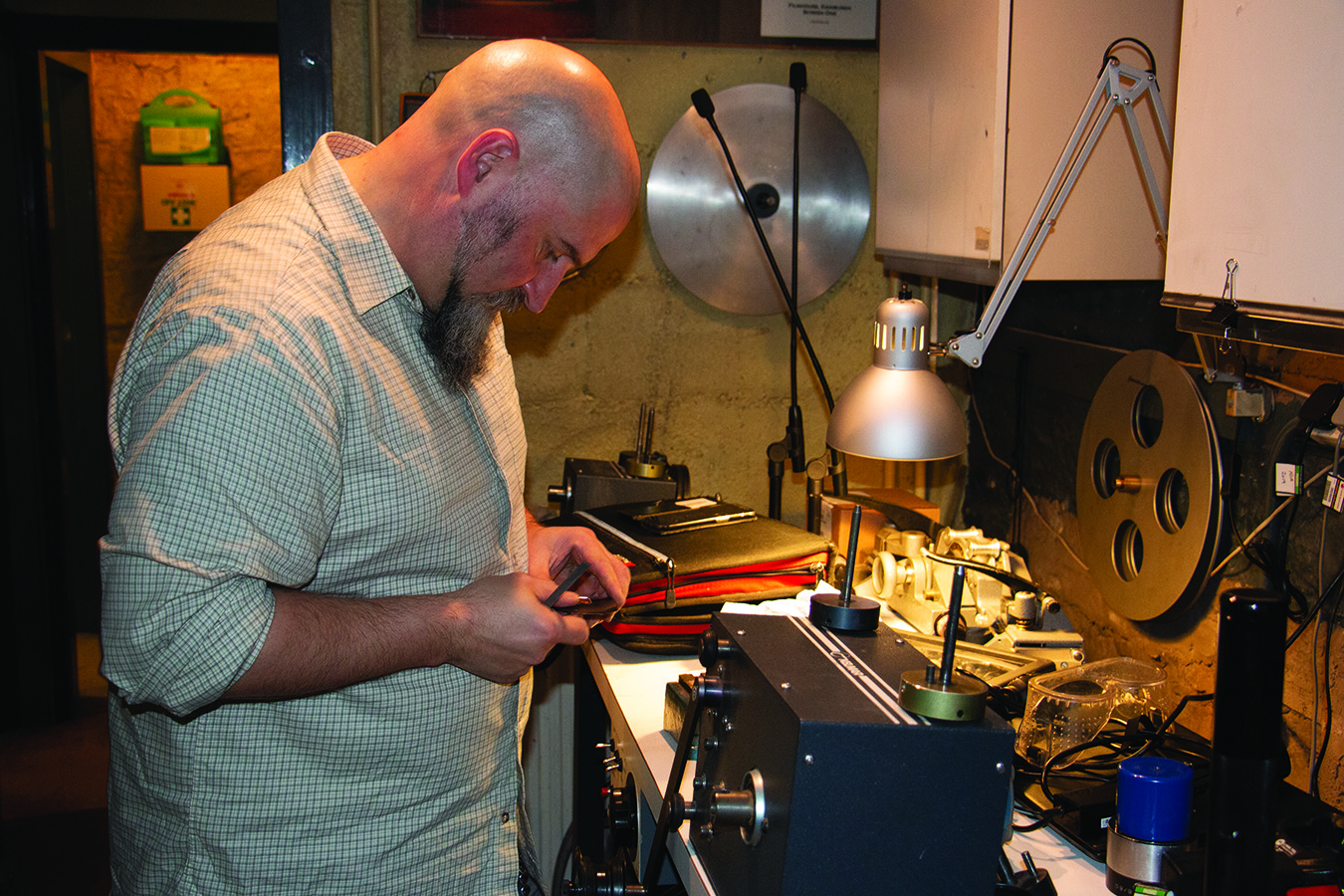New Year, Same Great Films
4 January 2018
New Releases A Happy New Year from everyone at Filmhouse! We're looking forward to...
In recent years, 70mm film has made something of a comeback, with some high-profile directors championing its revival. Quentin Tarantino is one such figure, shooting The Hateful Eight (2015) on 70mm. Christopher Nolan encouraged audiences to see 2014 space epic Interstellar in 70mm. Joaquin Phoenix, playing the titular lead in Joker, previously appeared on 70mm in Paul Thomas Anderson’s The Master back in 2012.
As Joaquin Phoenix graces the screen in 70mm again - and with Filmhouse’s past record of showing 70mm films (Dunkirk, Interstellar, 2001: A Space Odyssey) - we want to give you a look behind the scenes. What is 70mm exactly? How do we prepare for such a screening? Why does it make all the difference for a spectacle such as Joker? We speak to Filmhouse’s Head of Technical, David Boyd, to get the answers.
"70mm film was the high definition of the 1950s. It was brought about by the need to improve picture and sound quality on screens that were getting much larger, whilst the 35mm prints stayed the same size. It was a real stretch with the print quality at the time, so 70mm came along with its non-anamorphic process (no picture stretching) and 6 tracks of magnetic sound."
"The aperture plate sits behind the film and the film passes across it. Its job is to block light to the film path, and to correct any triangulation that happens when projecting off-centre and high up.

The plate is made of soft brass, a little less than 1mm thick, and the screen shape is set using the movable black cloth masking. Then the plate is filed out to precisely fit that shape, which takes quite a long time. Where you might start with about six strokes of the file, this then reduces to only one at a time so you don’t over cut it.

Pete Naples, of Omnex Pro Film, cuts our plates. He has the unfortunate reputation of being excellent at it - unfortunate, as no-one likes cutting plates, due to its fiddly and time-consuming nature."

"The reason for cutting the plate this time is that the projector has been re-positioned, so the film will reach the screen from a different angle. This is the first time it has been moved since it was installed here at Filmhouse in 1982 - weighing in at half a metric tonne, it is not something that is easily moved about!"
"Joker will benefit, because the 70mm projection system exceeds even our 4k digital projection system. This film was shot on a digital 65mm capture equivalent, which is getting on for 8k resolution."
Have a look at what's on to book a screening or event.
Still adding?
If you don’t want to view your Watch list right now, you can access your list anytime from your profile.